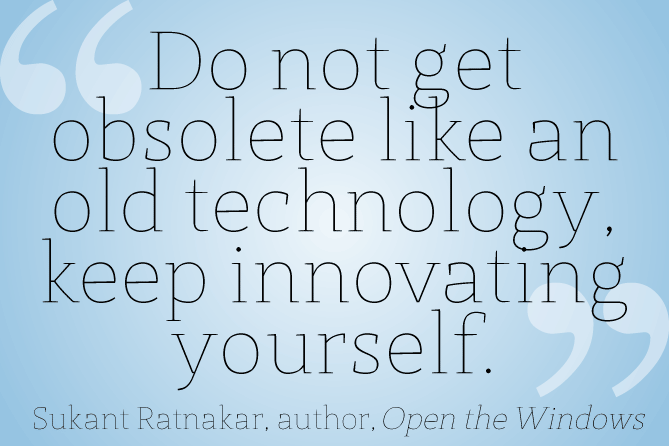
To tweet or not to tweet? That is your question, right? Social media for regulated industries is still an open question for many marketers. As with any decisions that have a direct impact on your business’ public image and legal obligations, it is definitely worth thoughtful consideration.
Easier or Harder?
In my experience (as a non-lawyer), I’ve seen ways in which it is both easier and harder to use social media when you’re in one of the regulated industries like financial services, healthcare, education, or energy and utilities. Industry-specific legislation and regulatory bodies such as those listed below have guidelines, (some explicit and some vague), about what kind of content can be shared through traditional media and social media channels, how private information must be protected, archiving standards, and much more.
Examples of regulatory bodies, federal agencies and requirements affecting social media:
- NCUA (National Federal Credit Union Administration)
- HIPPA (Health Insurance Portability & Accountability Act)
- FDA (Food and Drug Administration)
- SEC (Securities and Exchange Commission)
- FINRA (Financial Industry Regulatory Authority)
- FERPA (Family Educational Rights and Privacy Act)
- FOIA (Freedom of Information Act)
- FERC (Federal Energy Regulatory Commission)
There are many more, of course, making many communicators in a regulated industry more cautious to jump on board the social media train. The dynamics of content marketing and the regulations and channels in which it exists are constantly changing. This means that managers or legal counsel in certain businesses are apprehensive to publish a blog, post about a change in the marketplace, or provide expertise in their industry even if it’s considered solid content. They don’t want to take the chance that their compliance department will tell them “no go.”
Why Take the Chance?
The public’s expectations are set high for brands interacting in social media channels. Their interactions have been primarily with unregulated business-to-consumer brands, and those consumer companies can interact with their audience as they please. They know that social media is the place to be to reach more people and cast a net to a wider target audience.
Nielsen released its “Digital Consumer Report” in February of this year, which states that “social media usage is now standard practice in our daily lives. Almost two-thirds (64%) of overall social media users say they use social media sites at least once a day” whether on their computer or mobile devices. Being aboard the social media train – in some form – is critical to stay competitive.
The good news is that there are still many ways a regulated business can engage with its customers and target audiences. In my role as a social media strategist, I am able to stay on top of the latest news, innovations, and ever-evolving technology in the social media environment. Let’s take a look at the financial services industry, for example, which is heavily regulated. I’ve seen that Facebook, Twitter and especially LinkedIn are three of the best outlets that financial services firms can promote their content. Once you’ve determined where your customers are and where you want to be in the social media sphere, it is critical to work with your compliance division to learn the online protocols and regulations. It’s critical to ALSO train your employees to follow those guidelines as well.
Climb Aboard!
Thankfully the tide is turning for social media in regulated industries. According to an article by Dan Callahan in Forbes magazine, regulators in the finance industry have “privately told compliance officers that would no longer consider a Facebook “like” to be an endorsement. And the FDA has just put a draft of social media guidelines for the pharma industry out for comment.”
Marketing agencies have developed experience and tools to serve clients in regulated industries. In fact, now that more regulators have provided guidance to use social media tools effectively and appropriately, it is easier to know what to tweet and what not to tweet. We have access to third-party social media management tools and services, like HootSuite Enterprise, where we can help our clients meet regulatory requirements that they need for compliance.
A social media presence isn’t something you need to be scared of. In fact, it’s a necessary tool in your marketing toolbox to find, maintain and build successful client relationships today. So go ahead, climb aboard the social media train and be innovative. It’s not too late!


